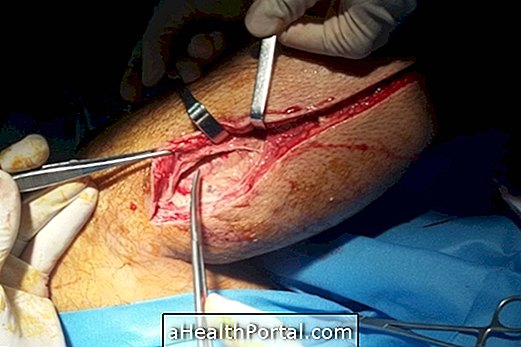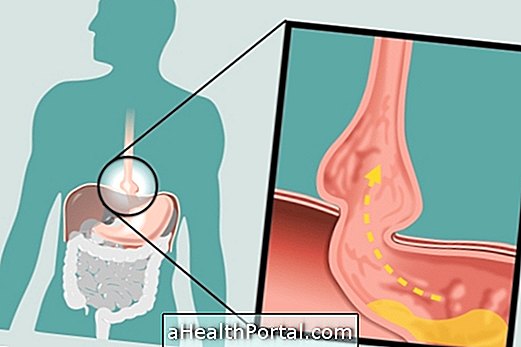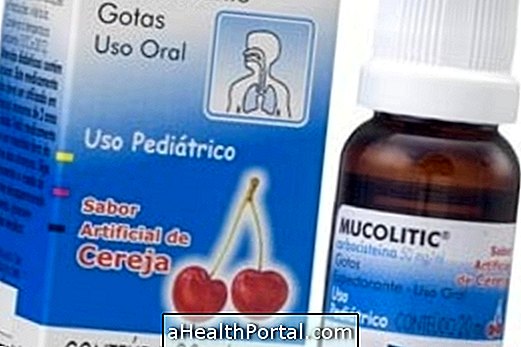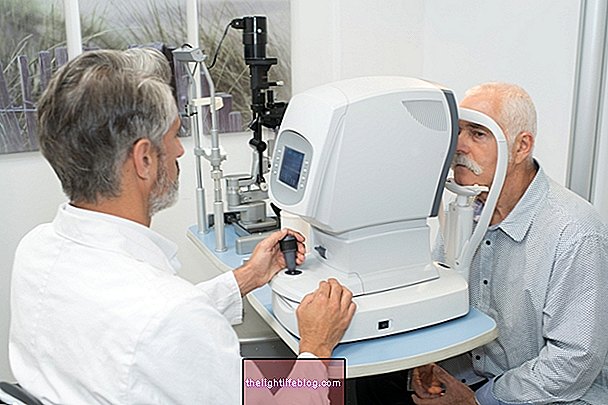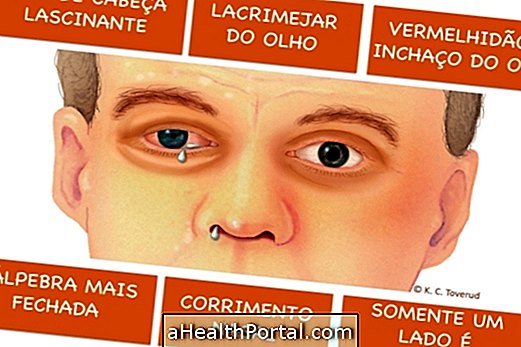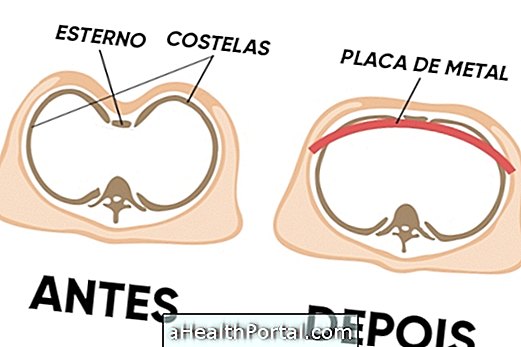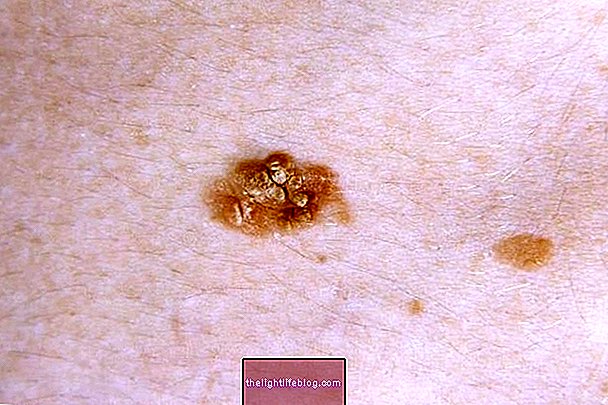Ultrasound physiotherapy treatment can be done to treat joint inflammation and lower back pain, for example, as it is able to stimulate the inflammatory cascade and decrease pain, swelling and muscle spasms.
Ultrasound physiotherapy can be used in two ways:
- Continuous ultrasound, where the waves are emitted without interruptions and that produces thermal effects, altering the metabolism and the permeability of the cells, aiding in the healing of the wounds and reducing the swelling, being also more effective in the treatment of chronic lesions;
- Pulsed ultrasound waves, the waves are emitted with small interruptions, which does not produce thermal effects, but is also capable of stimulating healing and decreasing inflammatory signals, being more indicated in the treatment of acute injuries.
Ultrasound physiotherapy is a very effective and non-painful type of treatment. The number of physiotherapy sessions vary according to the type and degree of the injury, so it should always be evaluated by the physiotherapist himself before starting the procedure. However it is not recommended to use the ultrasound daily for more than 20 days.
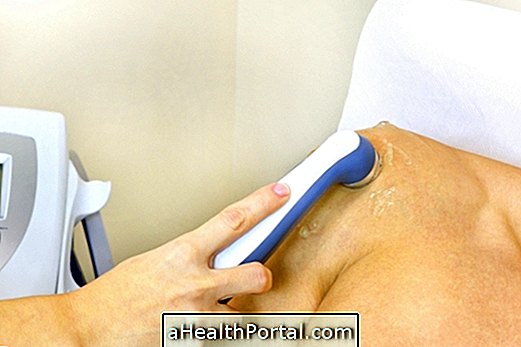
What is it for
Ultrasound physiotherapy is done with the aim of increasing local blood flow and thus favoring the inflammatory cascade, reducing swelling and stimulating inflammatory cells, thus promoting healing, tissue remodeling and reducing edema, pain and muscle spasms.
This treatment is indicated for the treatment of:
- Arthrosis;
- Inflammation of joints;
- Backache;
- Bursitis;
- Chronic or acute illness or pain;
- Muscle spasms;
- Muscle spasm.
In addition, in the aesthetic one can use the ultrasound of 3 Mhz to fight the cellulite, for example.
How to use ultrasound
The ultrasound should be used in the correct way by placing a layer of conductive gel directly on the affected area and then attaching the head of the equipment, making slow, circular, 8-way movements from top to bottom, or from one side to the other. the other, but can never stand on the same spot.
The equipment can be regulated according to the need and can be regulated as follows:
Frequency of wave:
- 1Mhz - deep lesions such as muscles, tendons
- 3 MHz: has a lower wave penetration capacity and is indicated for treating skin disorders.
Intensity:
- 0.5 to 1.6 W / cm2: the lower intensity treats structures closer to the skin, while the higher intensity treats deeper regions, such as bone lesion
Type of issue:
- Continuous: for chronic lesions, where the heat is indicated
- Pulseless: for acute injuries, where heat is contraindicated
Duty Cycle:
- 1: 2 (50%): subacute phase
- 1: 5 (20%): acute phase of tissue repair
Ultrasound can also be used in underwater mode, leaving the head inside a bowl with water, and is ideal for structures such as hands, wrists or fingers, where it would be very difficult to fit the whole era of the equipment. In this case it is not necessary to put gel on the skin, but the structure to be treated and the head of the equipment must remain immersed in the water, in which case the equipment need not always be in direct contact with the skin, and there may be a small distance.
How Ultrasound Works
Ultrasound treatment promotes the release of heat to tissues, such as tendons, muscles and joints, decreasing inflammation symptoms and promoting tissue regeneration. This treatment is not painful, has no side effects and is done by means of a transducer capable of generating electric currents of alternating frequencies and able to penetrate the tissue and stimulate the blood flow of the region.
The sound waves released through the transducer penetrate the tissue according to the type of medium being used, i.e. gel or lotion, transducer quality, surface of treatment and the type of lesion to be treated. Usually the bones and tendon attachment region have low absorption capacity and other treatment is recommended or the use of a lower frequency of ultrasound.
The penetration capacity of the waves in the tissue is inversely proportional to the applied frequency, being able to vary between 0, 5 and 5 MHz, being the frequency usually used between 1 and 3 MHz.
Ultrasound contraindications in physical therapy
This type of treatment, however, should not be used in some situations, such as advanced osteoporosis, presence of prostheses, pregnancy, active cancer and areas treated with radiotherapy or with varicose veins, and another option of physical therapy treatment should be chosen .


